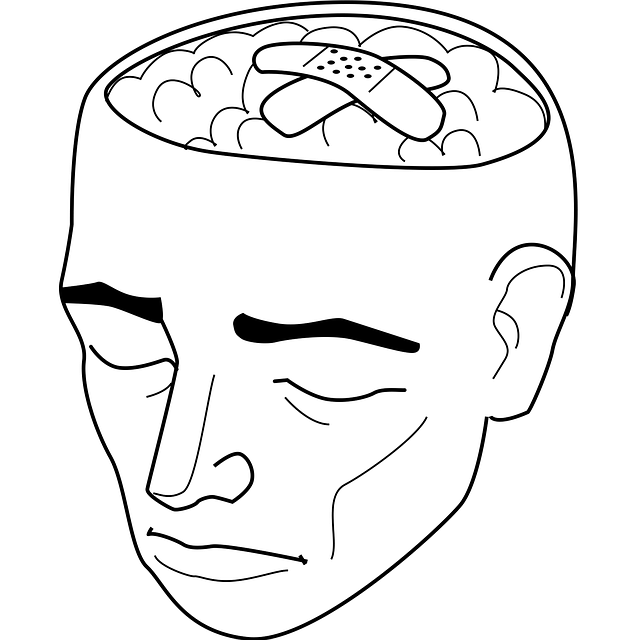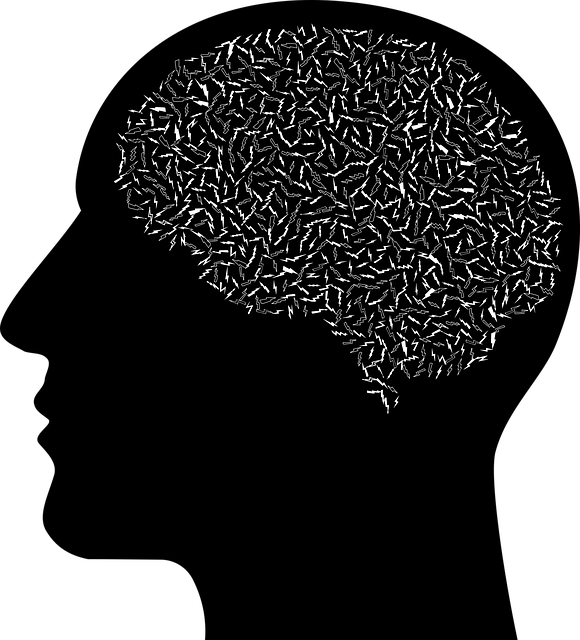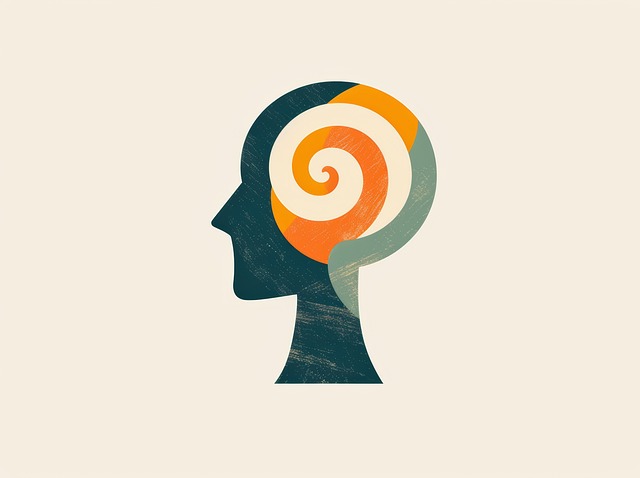Highlands Ranch Abuse Survivors Therapy (HRAST) offers a strategic community-focused approach to support survivors through tailored programs, including coping skills training and mindfulness practices. By engaging with locals, identifying unique challenges like stigma, and conducting rigorous evaluations, HRAST empowers individuals to manage stress and anxiety independently. Partnerships with local organizations ensure ongoing resource availability, fostering long-term well-being for all Highlands Ranch residents.
In Highlands Ranch, community outreach programs play a pivotal role in supporting survivors of abuse. This article delves into the comprehensive process of implementing such initiatives, focusing on Highlands Ranch Abuse Survivors Therapy (HRAST). We explore how understanding specific needs and identifying target audiences is key to designing effective strategies. Through program development, implementation, and evaluation, we uncover methods to measure impact and build sustainable support networks, ensuring HRAST’s reach extends beyond initial outreach.
- Understanding the Needs: Identifying Gaps and Target Audiences for Highlands Ranch Abuse Survivors Therapy
- Program Design and Development: Creating Effective Community Outreach Strategies
- Implementation and Evaluation: Measuring Impact and Building Sustainable Support Networks
Understanding the Needs: Identifying Gaps and Target Audiences for Highlands Ranch Abuse Survivors Therapy

Understanding the needs of Highlands Ranch Abuse Survivors Therapy (HRAST) involves a meticulous process of identifying gaps in current support systems and pinpointing specific target audiences. By conducting thorough research, community engagement, and listening to survivor narratives, HRAST can ascertain the unique challenges faced by various groups within their community. This includes recognizing barriers to access, such as stigma, lack of awareness, or logistical obstacles, which might prevent individuals from seeking therapy.
The implementation of effective public awareness campaigns, grounded in Mind Over Matter principles and Compassion Cultivation Practices, can help bridge these gaps. These initiatives aim to educate the community about available resources, dispel myths surrounding therapy, and foster a culture of support and understanding. By tailoring their outreach strategies to address specific needs, HRAST can ensure that its services resonate with diverse audiences, ultimately enhancing the overall well-being of Highlands Ranch residents.
Program Design and Development: Creating Effective Community Outreach Strategies

Effective community outreach strategies require a thoughtful program design process that considers the unique needs and characteristics of the target population. At Highlands Ranch Abuse Survivors Therapy (HRAST), we understand that each community has its own dynamics, challenges, and strengths. Our approach involves engaging with local leaders, organizations, and individuals to identify pressing issues and develop tailored initiatives. By collaborating closely with the community, we ensure that our outreach programs are responsive and relevant.
The design process emphasizes the integration of various components such as Coping Skills Development and Social Skills Training, which are essential for personal growth and community engagement. These programs aim to empower individuals, build resilience, and foster a sense of belonging. Through careful planning and implementation, HRAST’s Community Outreach Program Implementation strategies have successfully reached and supported countless individuals in need, making a positive impact on the overall well-being of the community.
Implementation and Evaluation: Measuring Impact and Building Sustainable Support Networks

Effective community outreach programs don’t simply stop at implementation; they require careful evaluation to measure their true impact and ensure long-term success. This involves collecting data on key performance indicators, such as program participation rates, satisfaction levels among beneficiaries, and changes in behavioral or mental health outcomes. For instance, a program focused on helping Highlands Ranch Abuse Survivors Therapy clients could assess the effectiveness of its services by tracking improvements in anxiety relief and stress management skills through regular surveys and follow-up sessions.
Building sustainable support networks is another critical aspect of successful outreach. This involves fostering partnerships with local organizations, healthcare providers, and community leaders to ensure ongoing resource availability and collaborative efforts. Encouraging program participants to become advocates and ambassadors for the cause can also help sustain momentum. Additionally, integrating practices like mindfulness meditation into the outreach programs can empower individuals to manage stress and anxiety independently, creating a lasting positive impact beyond the immediate intervention.
Implementing community outreach programs, such as the Highlands Ranch Abuse Survivors Therapy (HRAST) initiative, is a transformative step towards empowering survivors and fostering healing. By understanding local needs, meticulously designing interventions, and rigorously evaluating impact, HRAST demonstrates the power of collaborative efforts to create sustainable support networks. This holistic approach ensures that resources reach those who need them most, ultimately revolutionizing support for abuse survivors within the community.














